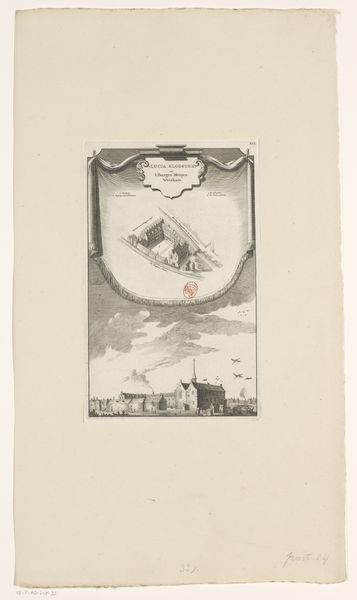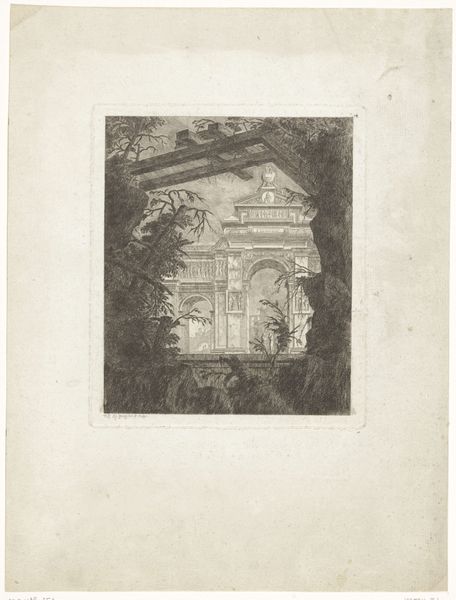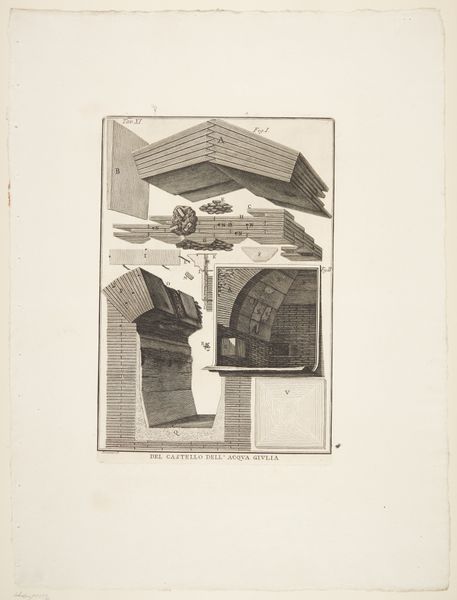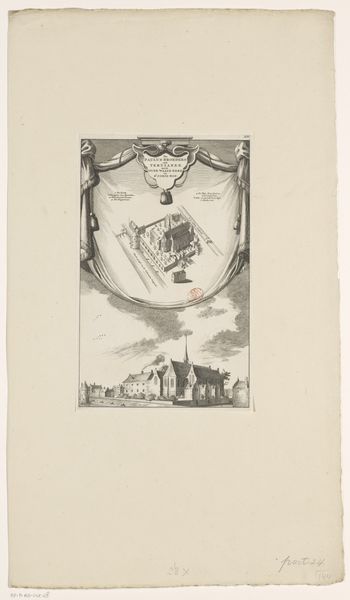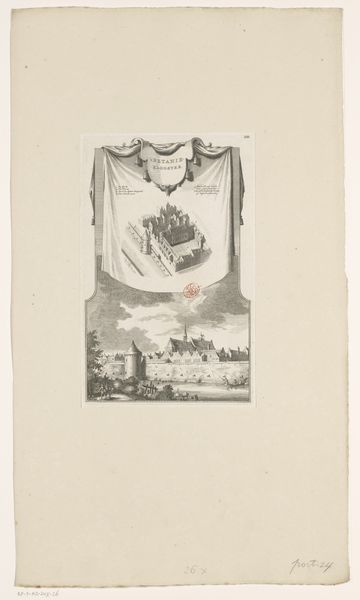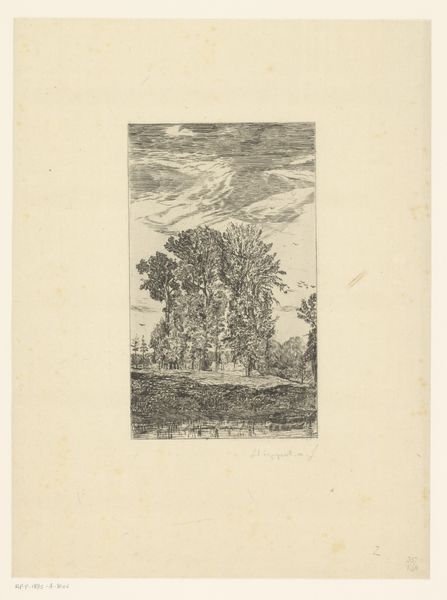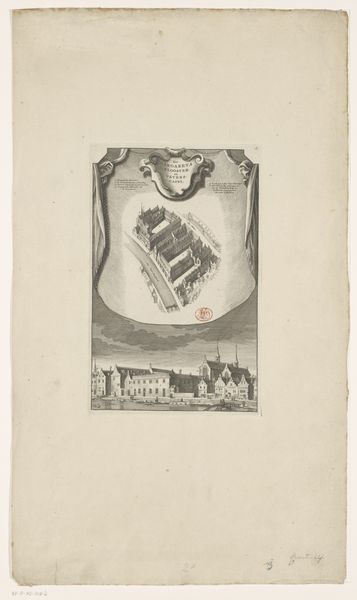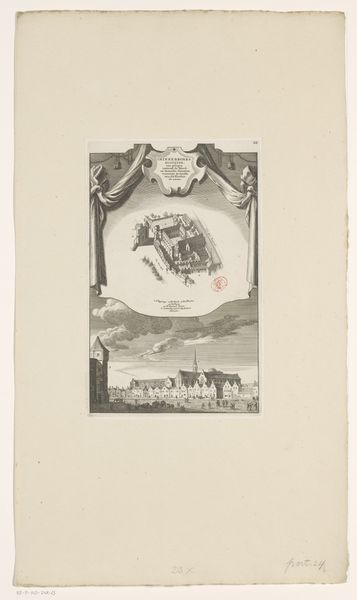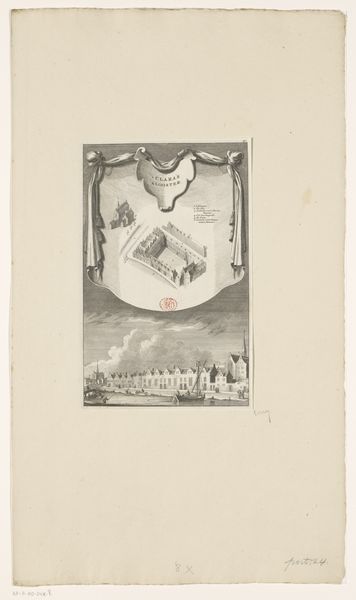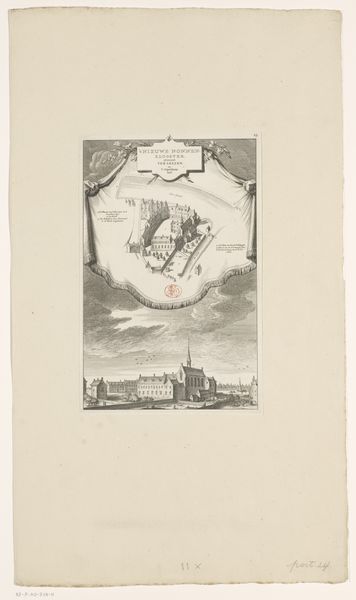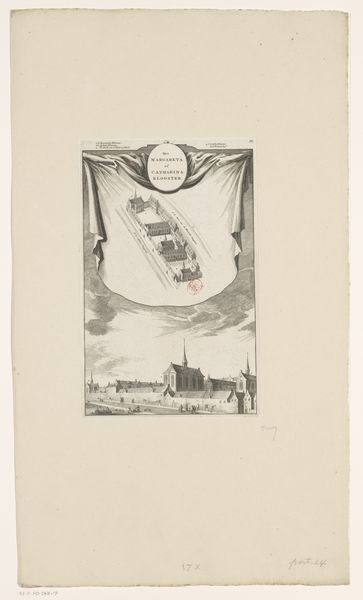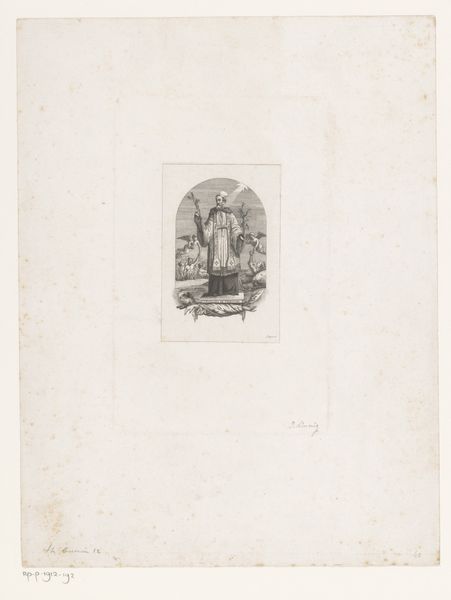
print, engraving
#
dutch-golden-age
#
ink paper printed
# print
#
old engraving style
#
landscape
#
pen-ink sketch
#
cityscape
#
engraving
Dimensions: height 267 mm, width 169 mm
Copyright: Rijks Museum: Open Domain
This is an engraving of the Cellebroedersklooster in Amsterdam, made around 1544 by an anonymous artist. Here, we see the monastery depicted from two different perspectives. The presence of religious figures, garbed in their habits, immediately anchors us in a world of faith. Monastic life, symbolized by the architecture and the monks themselves, represents a turning away from earthly concerns toward spiritual contemplation. This motif of withdrawal from the world recurs throughout history, from the desert hermits of early Christianity to the secluded scholars of the Renaissance. We see it echoed even in modern literature, where characters often retreat to monasteries or remote locations to find clarity or redemption. The enduring appeal of monasticism speaks to a deep-seated human desire for meaning and transcendence beyond the material world, a desire that continues to shape our art and culture across the ages. This cycle continues to shape our understanding of the human condition.
Comments
No comments
Be the first to comment and join the conversation on the ultimate creative platform.
